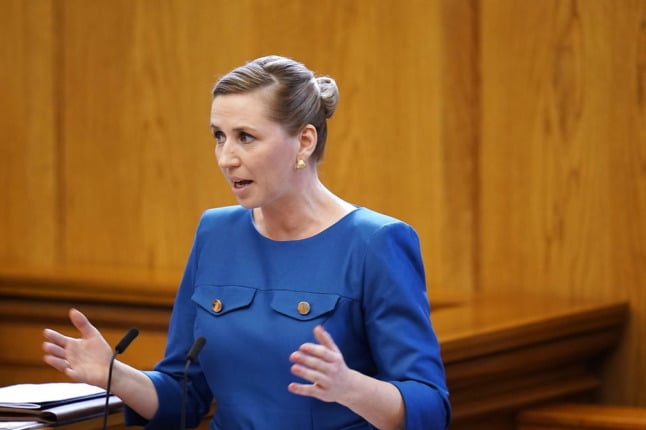The proposal will set out a trebling of current construction of subsidised housing in the four largest cities – Copenhagen, Aarhus, Odense and Aalborg.
That will make it easier for first-time buyers to find rental housing in large cities while saving for a deposit, the government says.
Prime Minister Mette Frederiksen announced the plan during her speech at the reopening of parliament on Tuesday.
“We need more affordable housing. That’s why the government wants to make it possible to build more than 20,000 more subsidised homes over the next 10-15 years. Most will be built in the larger cities,” Frederiksen told parliament.
The PM referred to high apartment prices in Copenhagen neighbourhood Nørrebro in her speech. Three-room apartments in the area are currently listed with estate agents at 4-6 million kroner.
That makes it “very difficult” for first time buyers to get on the property ladder in the area, Frederiksen said.
“Denmark’s capital is a city where people actually still live their lives. That’s good. And when you look around the world that’s in no way a given. But there’s a problem. A big problem. Many people can no longer afford to live in the capital that belongs to all of us,” she said in the parliament speech.
It is important to note the difference between the two main types of rental housing in Denmark: private rentals and almene boliger (literally, ‘general housing’), a form of subsidised housing. Frederiksen was referring to the latter in her announcement of the plans on Tuesday.
For almene boliger, local municipalities put up 10 percent of building costs and in return have the right to decide who is allocated one in four available apartments, enabling them to provide housing to municipal residents who need it. The housing therefore plays a role in the social housing provision.
This type of housing is normally managed by a boligforening or housing association. Rent goes towards costs of running the housing and to pay off the housing association’s loans, which means property owners aren’t profiting from rents and prices are controlled.
Private rental prices are dependent on market forces to a greater extent.
READ ALSO: How the cost of renting an apartment in Copenhagen compares to other cities in Denmark



 Please whitelist us to continue reading.
Please whitelist us to continue reading.
Member comments